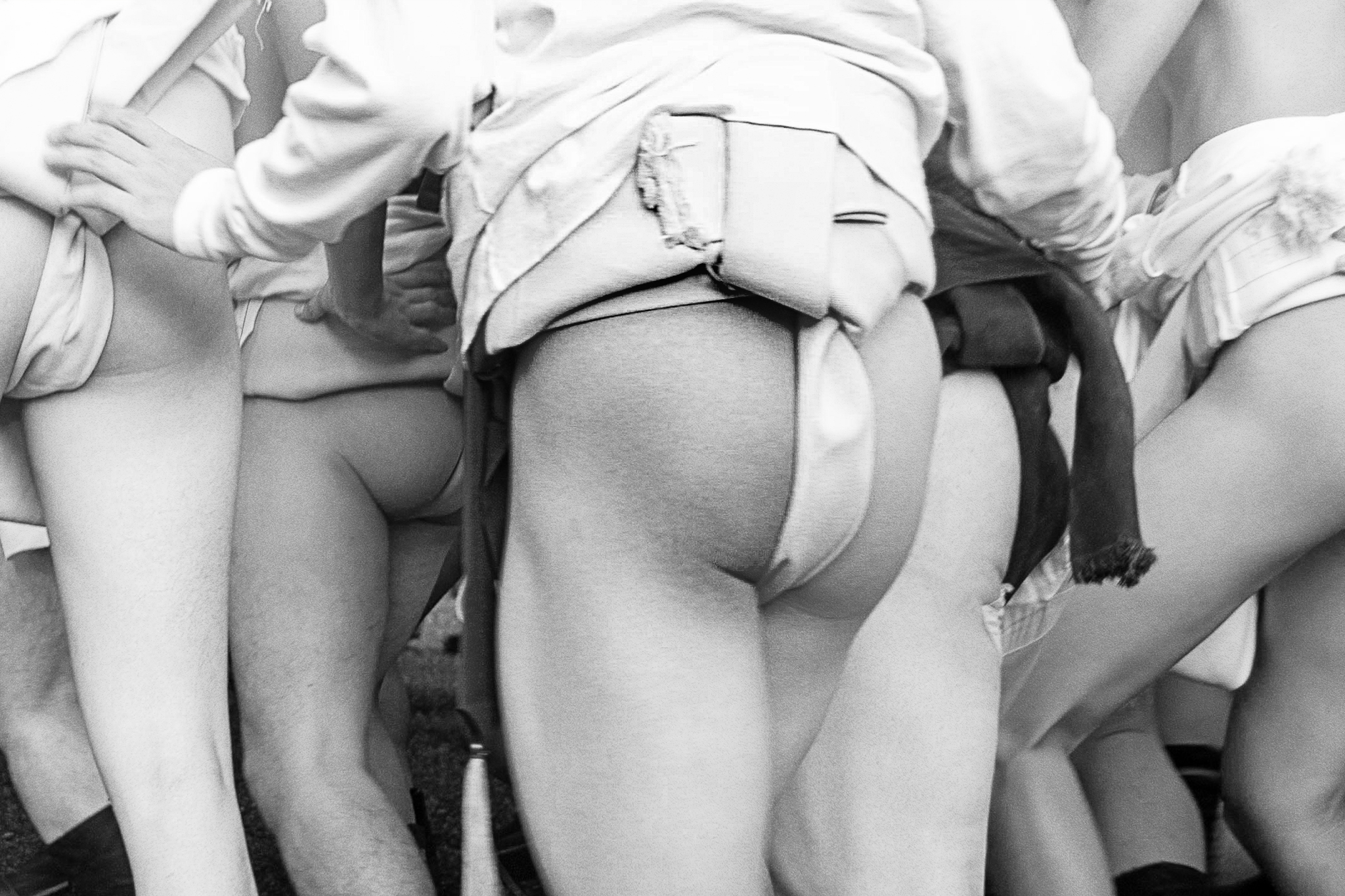On Saturday, huge numbers took part in Kokuseki Temple’s famous “Naked Men” festival for the last time. First held more than 1,000 years ago, the annual tradition in Oshu, Iwate Prefecture, officially called Sominsai, will no longer take place after this year as the aging community can no longer cope with the demands of such a big event. “You can see what happened today,” said Daigo Fujinami, a resident monk of the temple. “So many people are here, and it’s all exciting. But behind the scenes, there are many rituals and so much work to be done.”
A Bizzarre Tradition
Known as one of the three most bizarre festivals in Japan, the Naked Men event in Iwate was traditionally held from the seventh night of the Lunar New Year to the following morning. After the coronavirus pandemic, however, it was shortened, ending before midnight. Participants, carrying lanterns while dressed in mawashi (white fundoshi loincloths) — so not technically naked — first purified themselves in the nearby river. After praying for a fruitful harvest, they then competed for a hemp sominbukuro lucky bag with charms inside. They also chanted jasso joyasa, meaning “evil, be gone.”

The Popularity of Naked Men Festivals
Naked men festivals are held in several destinations throughout Japan, with the most well-known event taking place in Okayama Prefecture. This Thursday is the Hadaka Matsuri (naked festival) at Owari Okunitama Shrine in the city of Inazawa, Aichi Prefecture. For the first time, women are participating. Around 40 females will join the festivities, wearing happi coats. They’ll participate in the naoizasa ritual, which sees people running into the shrine grounds carrying bamboo grass wrapped in cloth. They won’t partake in the momiai ritual, which has been known to become quite rowdy.
Related Posts
- Quirky Japanese Festivals and Traditions
- What are Matsuri and How to Enjoy Them
- Women to Join in Aichi’s Naked Festival for the First Time
Updated On February 20, 2024








